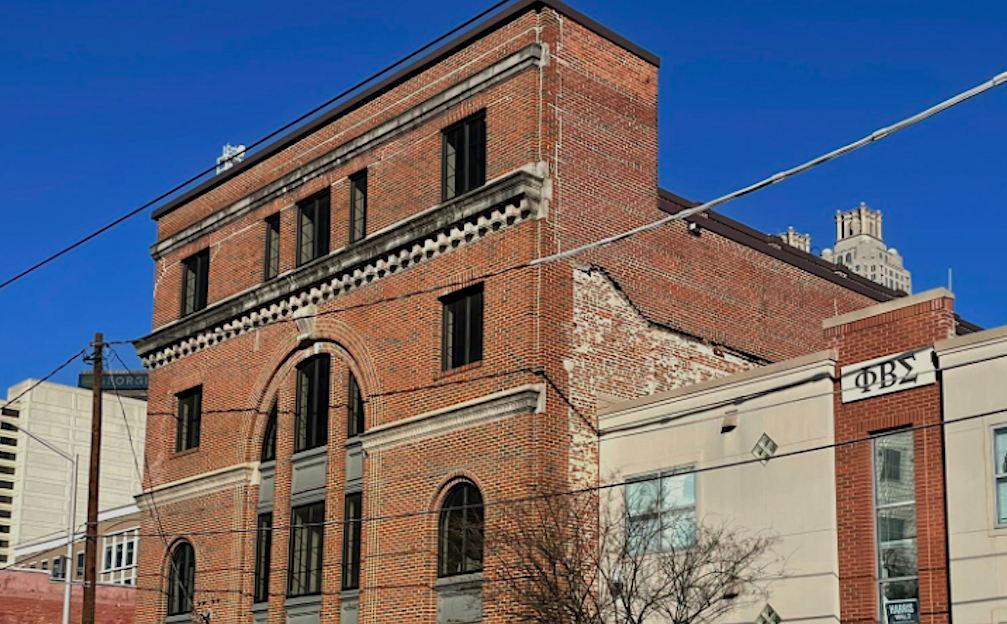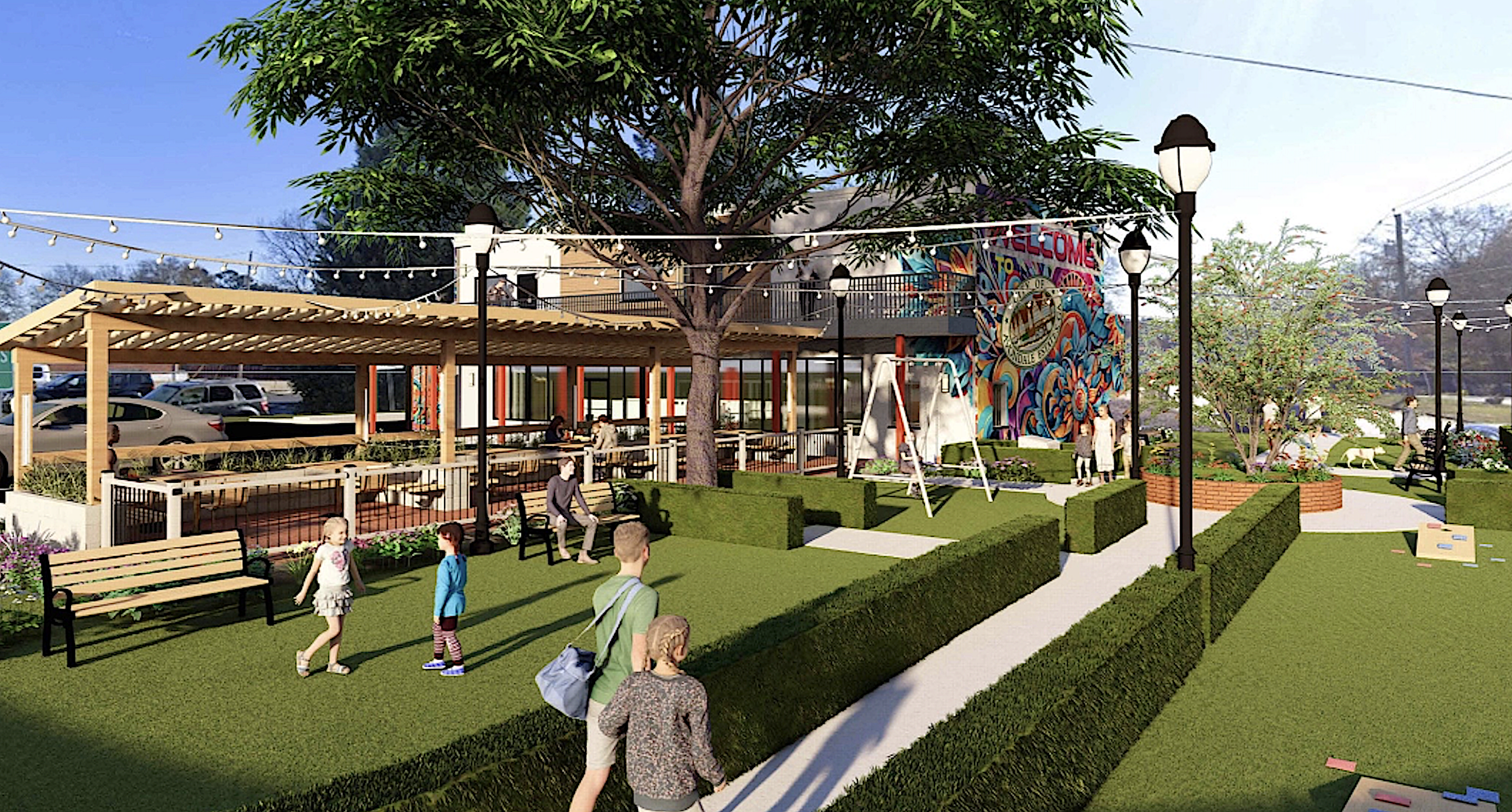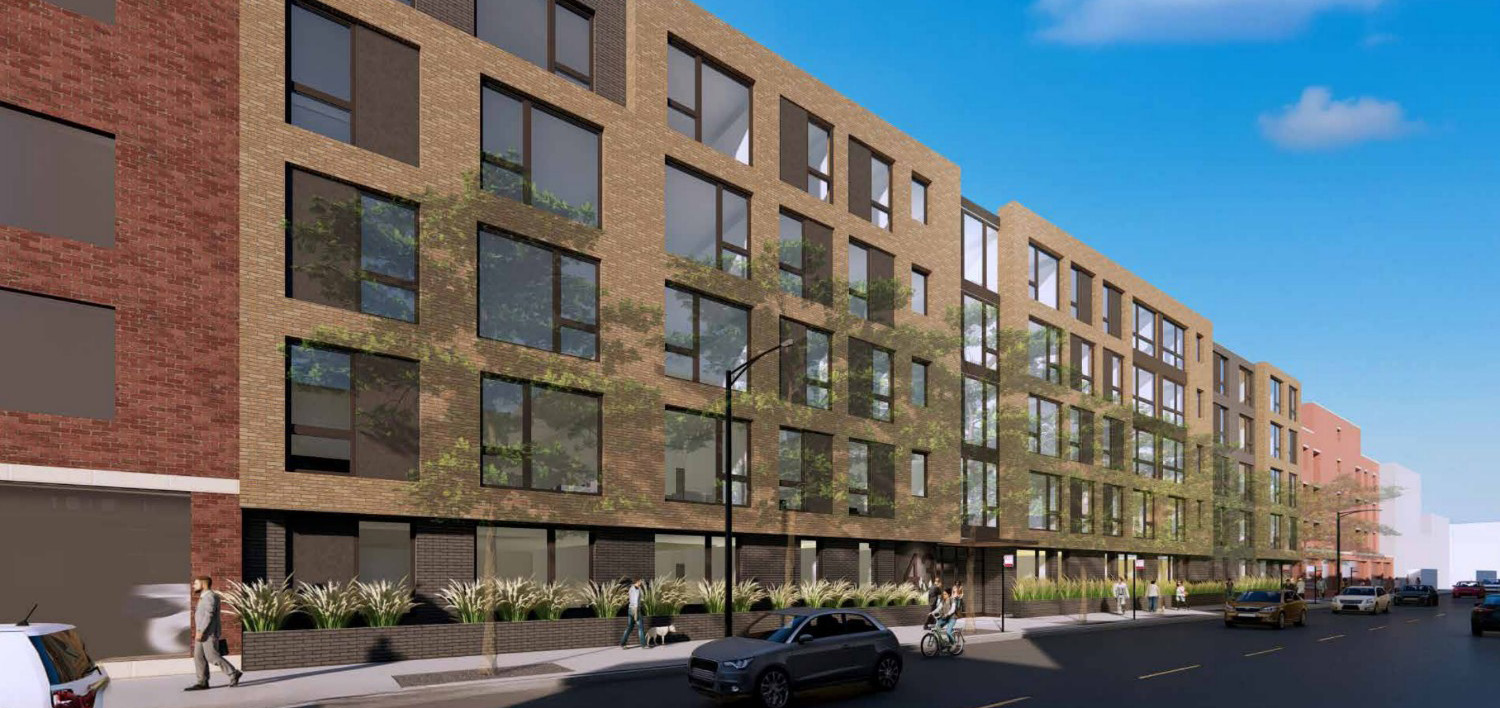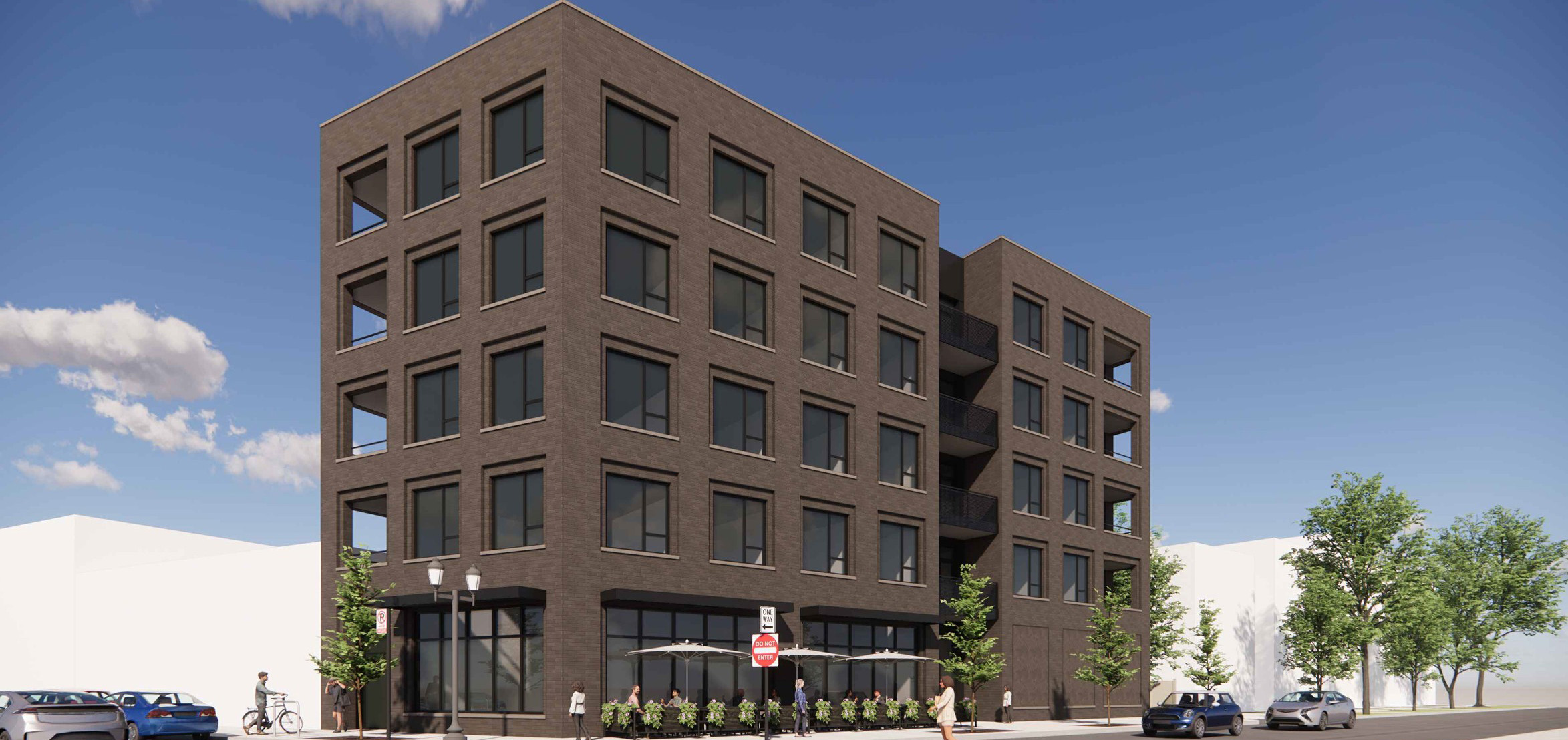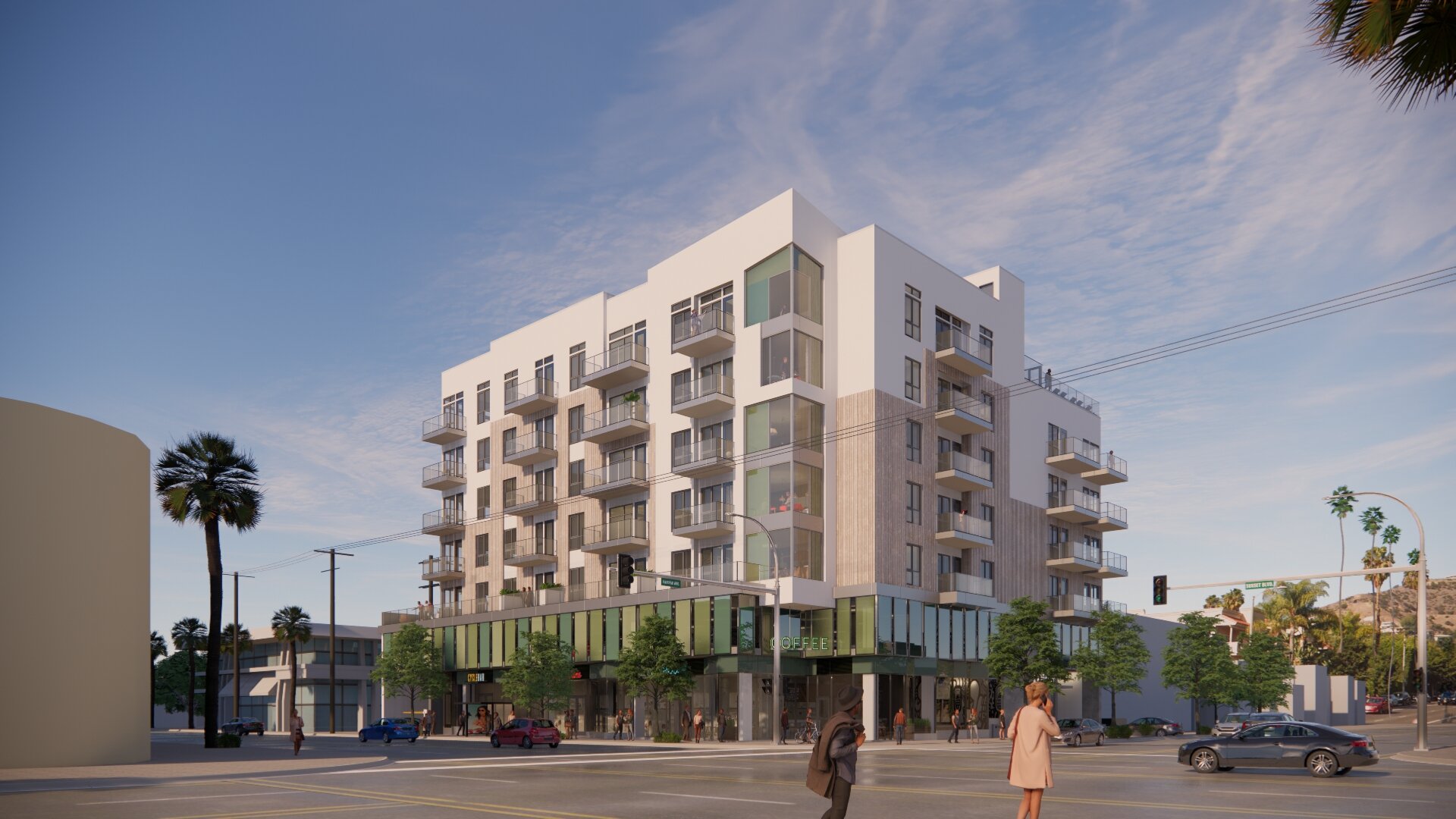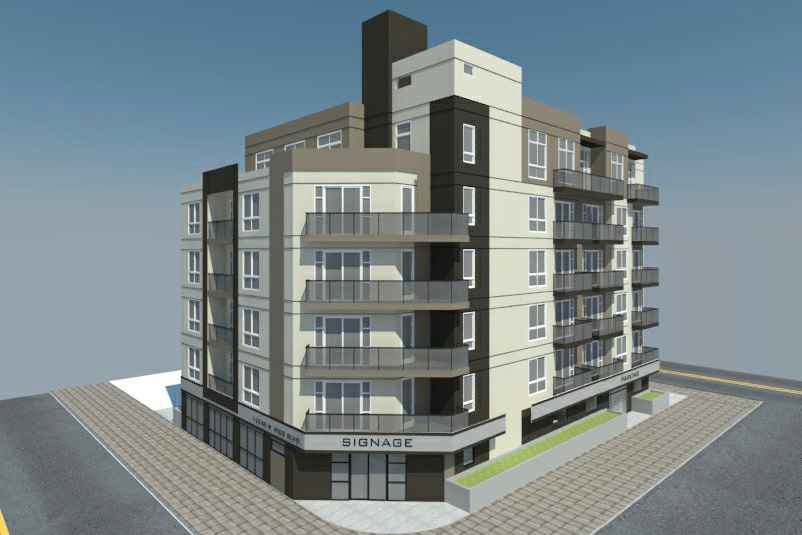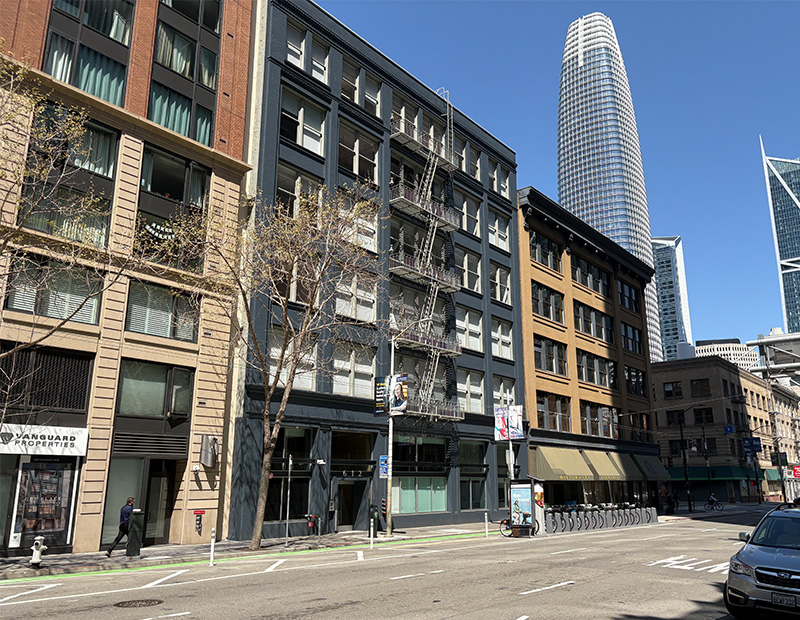Your City. Your Market. Your Next Deal.Stay up to date on national urban real estate |
|
📅 Today's Story: As headlines debate whether the U.S. should embrace or reject suburban sprawl, this binary could be beside the point. One expert argues both urban and suburban growth are essential, and scalable solutions should guide housing policy.
HOUSING POLICY
Beyond The Sprawl Debate: Why Cities And Suburbs Both Matter |
|

Subdivisions in Princeton, Texas (Source: trongnguyen)
📰 What Happened: A New York Times op-ed titled “Why America Should Sprawl” ignited controversy, prompting a rebuttal in Bloomberg CityLab defending urban infill. Housing researcher Alan Mallach critiques both stances, emphasizing that redeveloping single-family urban lots isn't scalable, while suburban growth isn't inherently bad.
🔍 A Closer Look: Urban infill often faces costly parcel assembly, zoning challenges, and limited appeal. By contrast, suburbs—particularly in the Sunbelt—are delivering, often at relatively dense levels (e.g., 5–7 units per acre in Princeton, TX). Austin and Minneapolis still rely on suburbs to accommodate their single-family growth. Meanwhile, ADUs and mixed-use accounts for 15–30% of new housing units in several West Coast cities.
🧠 Why It Matters: Mallach argues for a “both/and” strategy, dismissing what he considers a “false choice” between infill and sprawl. Scalable, diverse housing strategies—urban and suburban—are essential for solving the growing nationwide housing shortage. The real question is how to grow smartly, not where.
| DowntownPreservationists scorn GSU decision to bulldoze 1920s downtown building 148 Edgewood Ave. substation structure is part of Martin Luther King, Jr. Landmark District |
| Avondale EstatesFirst look: Adaptive-reuse market, hangout bound for E. College AvenueGalore Market concept near MARTA, forthcoming Complete Street from team behind O4W Market |
| LakeviewResidential development proposed at 3233 N. SheffieldThe five-story building would have 92 residential units |
| North CenterDemo permit issued to make way for development at 3664 N. LincolnThe new five-story building would have 16 apartments and retail |
| Beverly HillsConstruction goes vertical for sprawling One Beverly Hills projectThe $5-billion development's first residential tower is on track to open in 2027 |
| HollywoodCompletion nears for mixed-use project at 7901 Sunset Blvd. in HollywoodResidential-retail complex replace gas station at Sunset and Fairfax |
| Sawtelle36 apartments proposed at 12240 W. Pico Blvd. in SawtelleSix-story building would rise on the former site of the Chili Bowl |
| Lightner Secures AI Company Lease in San Francisco Newmark brokered the full-floor deal |


